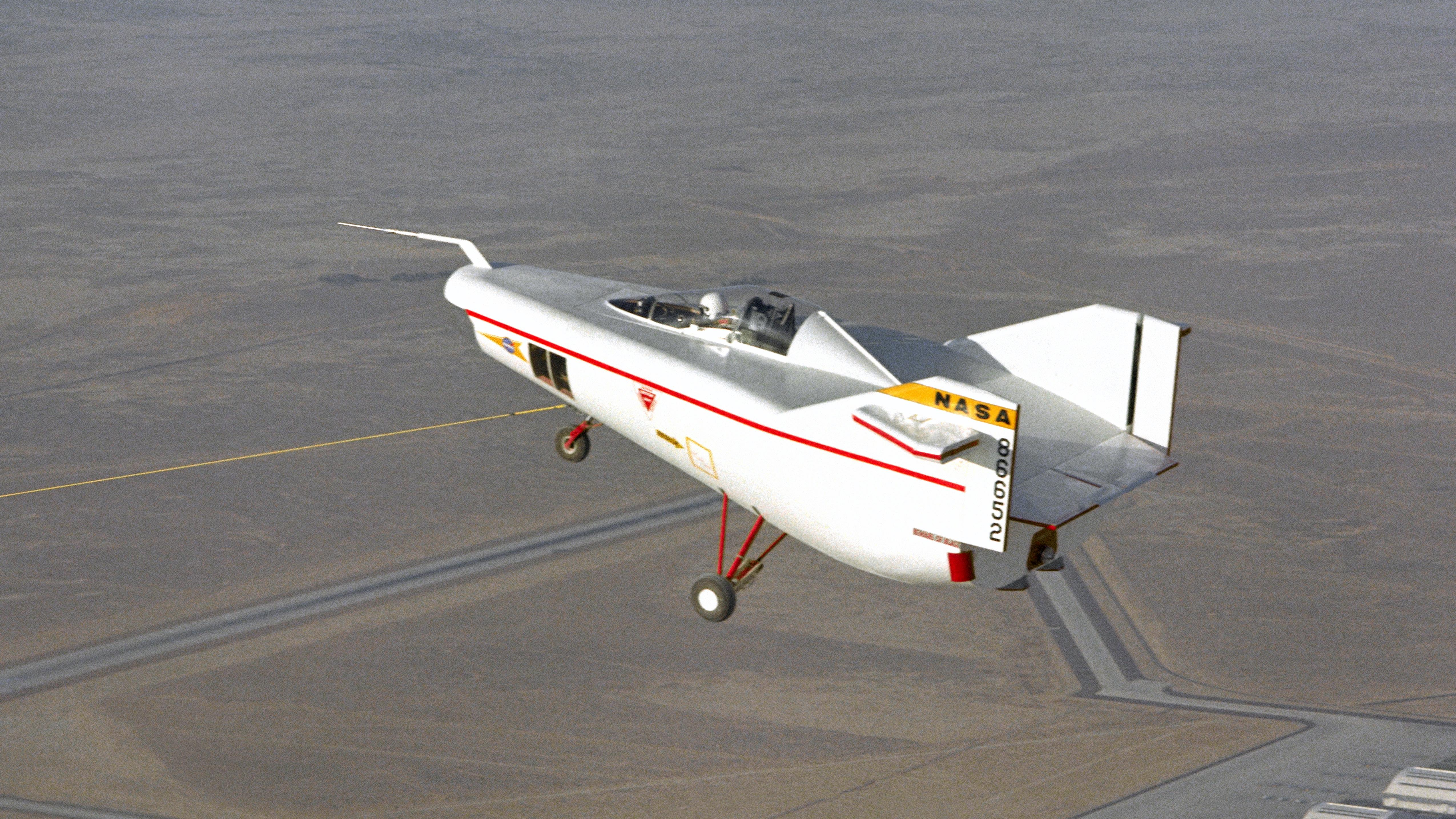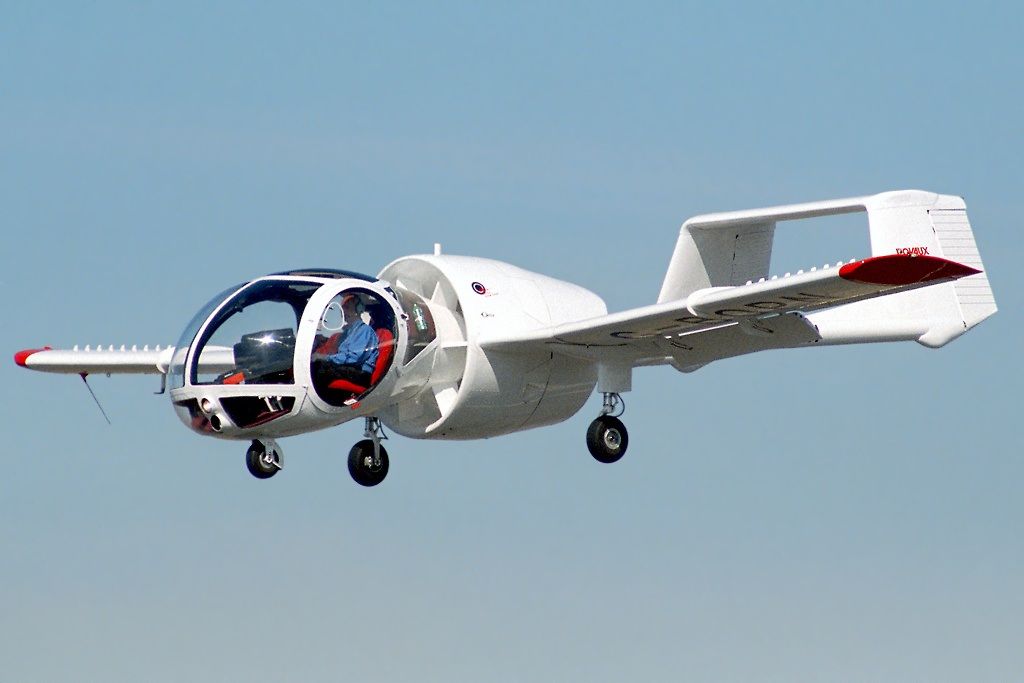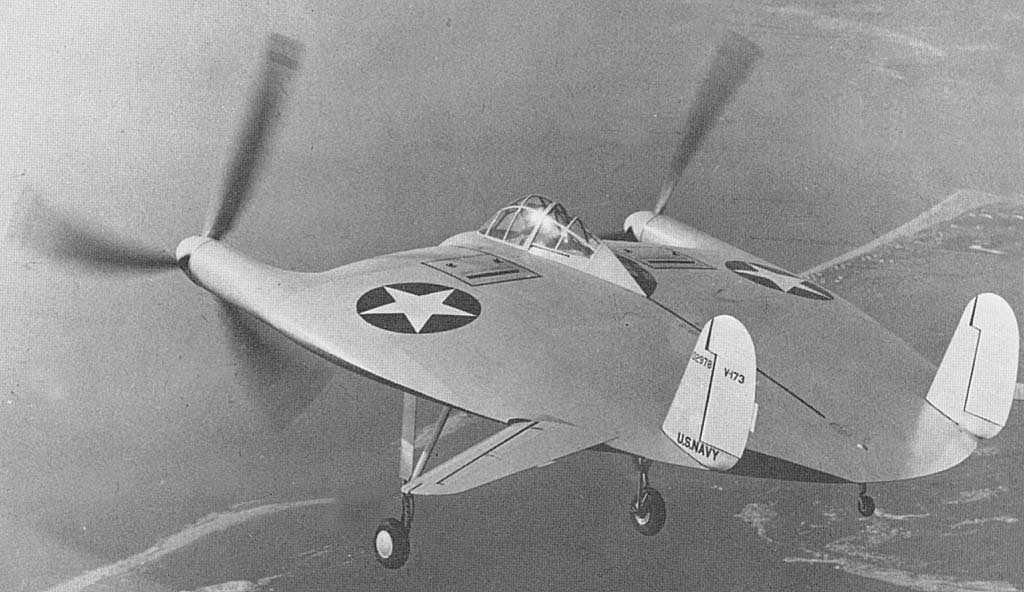Aircraft come in all sizes and shapes. However, some are more conventional than others. The article highlights some of the most unorthodox-looking aircraft in history. While there are many others, only a handful are covered here.
1 The Pregnant Guppy
Featuring one of the most bizarre names, the Pregnant Guppy is a large, widebody cargo aircraft built to ferry oversize cargo for the National Aeronautics and Space Administration (NASA). It was designed and developed by Aero Spacelines, an American aircraft manufacturer that ran operations between 1960 and 1968.
The company converted Boeing 377 Statocruisers into the “Guppy” line of airplanes for large cargo transport needs. NASA needed a larger aircraft to transport space exploration vehicles and other equipment for its Apollo Program. The primary purpose was moving the oversized cargo from manufacturing plants, including the Michouf Assembly Facility in New Orleans, Louisiana.
With a capacity of three crew members, the aircraft could carry 34,000 lb (15,422 kg) of cargo. Only one of the type was produced, which performed its first flight in 1962. The aircraft remained in cargo service with NASA for nearly 17 years before retiring in 1979. The Super Guppy became the successor of the Pregnant Guppy aircraft. Notably, the Guppy aircraft design and functionality inspired modern jet-powered Airbus Belugas and Boeing Dreamlifters.
2 The NASA M2-F1
The NASA M2-F1 was a lightweight, unpowered prototype aircraft developed to test the wingless lifting body design. The aircraft’s development began in 1962, with the commencement of the first test flight on August 16, 1963. The designation M2-F1 referred to “manned” and the version of the “flight.” Based on its abnormal design, the aircraft was nicknamed “the flying bathtub.” The aircraft performed a total of 77 test flights over the course of three years. The aircraft retired precisely three years after its first flight, on August 16, 1966.
The design of the aircraft was very unconventional and, true to the mission, a wingless design. The lifting-body aircraft design was initially conceived as a means of landing a spacecraft horizontally after atmospheric reentry. Reentry incurs extreme temperatures in the spacecraft. A wingless design was chosen to ensure that the vehicle was not damaged by the intense heat.
The aircraft was a joint effort between the Dryden Flight Research Center and Briegleb Glider Company, a local glider manufacturer. The tubular steel structure and other components were built at two different sites. However, the final assembly, including the tail surfaces, pushrod controls, and landing gear systems, was done at the NASA facility. The tremendous success of the aircraft led to two new heavyweight lifting bodies, the M2-F2 and the M2-F3, built by the Northrop Corporation.
3 The Hughes H-4 Hercules
The strategic airlift flying boat, the Hughes H-4 Hercules (commonly known as the Spruce Goose), was built by the Hughes Aircraft Company in 1947. It is the largest flying boat ever made, and it had the largest wingspan of any aircraft that had ever flown up until the twin-fuselage Scaled Composites Stratolaunch’s first flight in April 2019.
The aircraft was intended to be a transatlantic flight transporter during World War II. However, due to delays in the aircraft’s completion, it was not used during the war. The aircraft made a single (and brief) flight on November 2, 1947. The cruise speed and service ceiling were never tested on the aircraft as the design did not advance beyond a single flight.
The aircraft’s design came with an unusual constraint - no use of metals. The wartime restriction on aluminum and other heavy metals initiated a wood-based structure. The aircraft was almost entirely built from birch wood. The aircraft was publicly displayed in Long Beach, California, from 1980 to 1992. The aircraft is currently on display at the Evergreen Aviation & Space Museum in McMinnville, Oregon, United States.
4 The Edgley Optica
The Edgley EA-7 Optica is a British aircraft developed as a low-cost alternative to conventional helicopters. The light aircraft allowed low-speed observation work for various institutions. With the designed cruise speed of 81 mph (130 km/h), the aircraft had an operating range of 570 NM (656 miles/1,056 km).
Edgley Aircraft Limited and a small team of engineers and technicians began work on the project in 1974. The aircraft first flew on December 14, 1979. The Lycoming IO-540-powered Optica entered production in 1983, and a total of 22 examples were built. The Optica program underwent several ownership changes, constantly seeking strategic partnerships to reassess and resume the program after a long halt. As of 2022, the current owners are actively seeking a strategic OEM partner to relaunch the program.
The fully glazed forward cabin is a unique feature of the aircraft, providing a 270-degree panoramic view, including the almost-vertical downward vision for a pilot and two passengers. The twin-boomed rudders with a high-mounted tailplane allow for better maneuverability in various situations. An all-metal structure with unswept and untapered wings provides a fairly unconventional design in today’s day and age.
5 The Vought V-173
The Vought V-173, termed the “Flying Pancake,” was an experimental aircraft designed and built by Vought as part of the Vought XF5U program during World War II. The all-wing, or blended wing-body, design is relatively unorthodox with its disk-shaped structure. The aircraft was powered by two piston engines driving the propellors installed on the leading edge at the wingtips. The aircraft first flew on November 23, 1942, and retired on March 15, 1947.
Interested in similar technical content? Check out our complete guides section here.
While the aircraft’s unique design was intended to be a success, the complicated gearbox design, along with long propellor shafts, produced unacceptable amounts of vibration during flight. The vibrations contributed to the weight imbalance of the aircraft during maneuvers.
The aircraft never achieved the desired speed to have enough airflow over the control surfaces for a level flight. Since the first flight test, weight imbalance has prevented the aircraft from achieving level flight, making it an overall failure.
What are your thoughts on some of the most unorthodox aircraft that flew? Tell us in the comments section.






